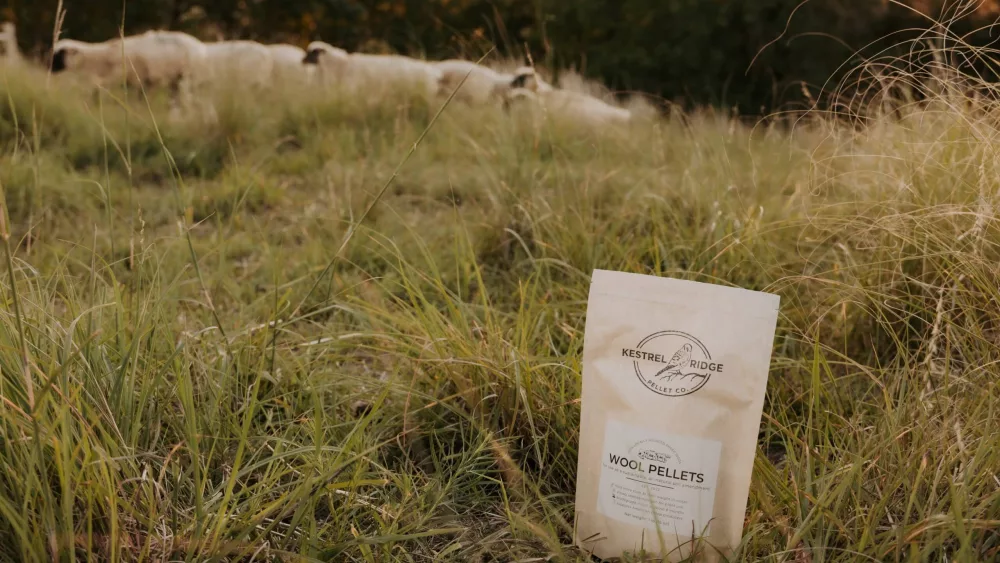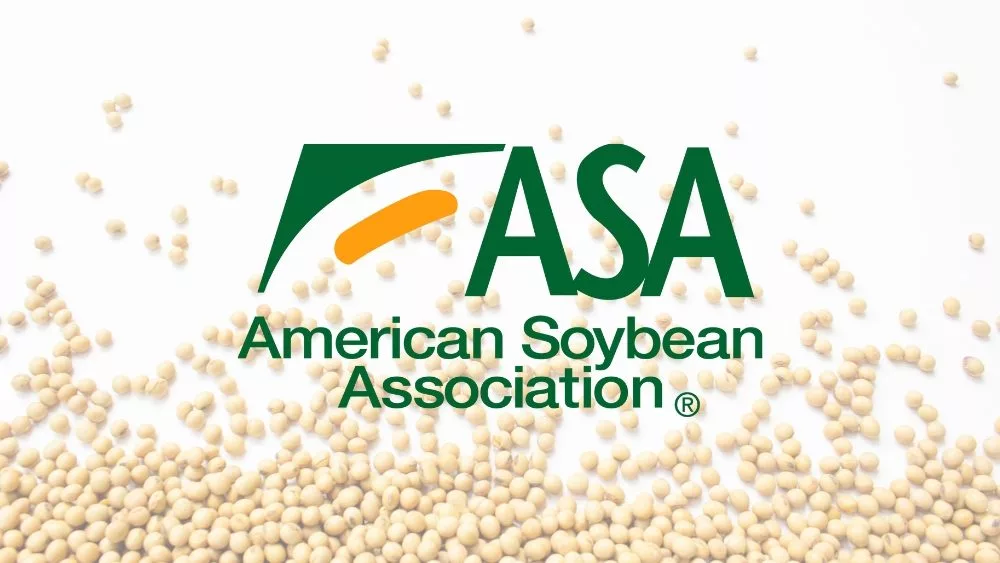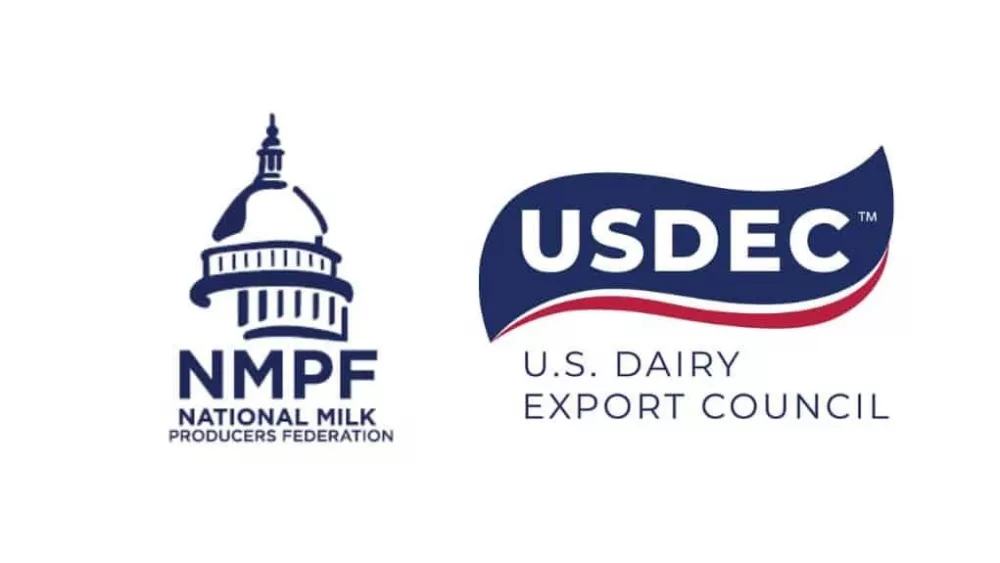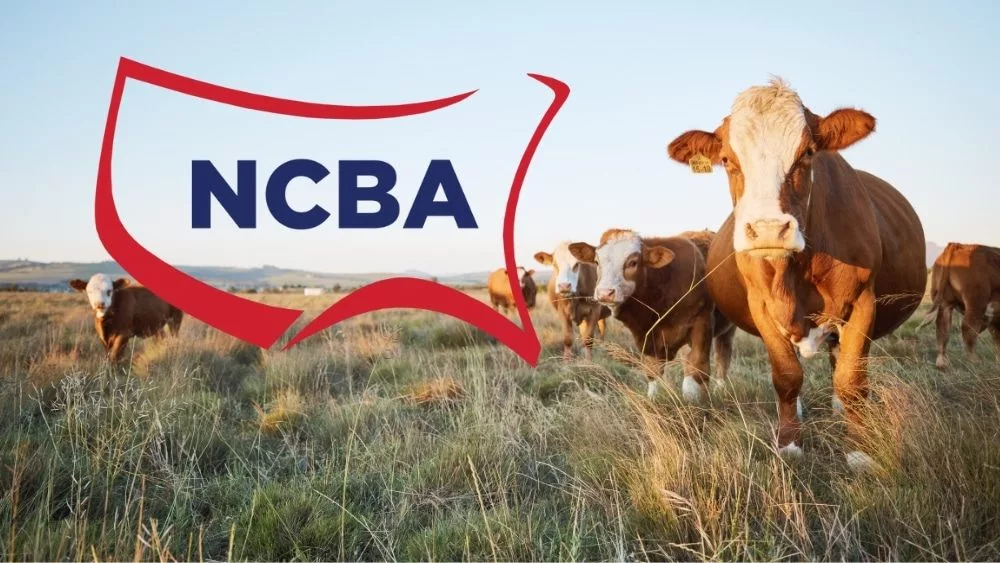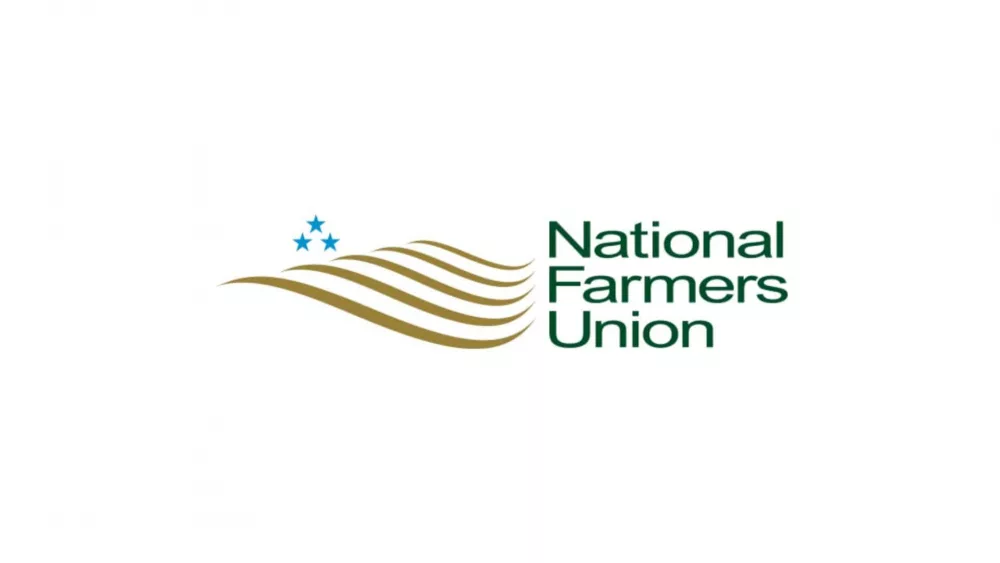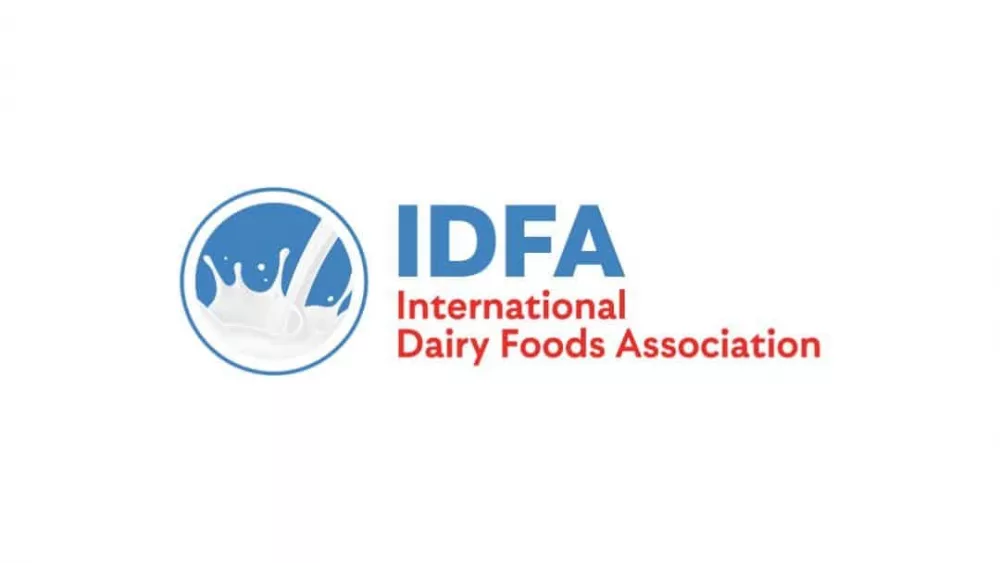Lawrence, Nebraska, August 2024 –When you think of sheep wool, you probably think of clothing and yarn, but most sheep in the Midwest don’t produce the fine wool needed to make that high-quality fabric. Sheep producers get most of their revenue from lamb sales, not wool, so the wool is basically a byproduct. Nevertheless, these sheep need to be shorn every year because their wool doesn’t stop growing. However, their wool is often of so little value that the price sheep producers sell it for usually doesn’t even cover the cost of shearing (their form of a haircut.) Producers reluctantly resort to burying or burning their wool just to get rid of it because that seems like their only option. This is a huge pain point of many sheep producers in the Midwest.
“As a sheep producer myself, I didn’t want to just stand by and watch all this wool go to waste because wool is truly a remarkable fiber that has so many applications beyond clothing and yarn,” said Megan Landes-Murphy, founder of Kestrel Ridge Pellet Company.
That’s where her business steps in. They’re providing an outlet for this underutilized wool, in the form of wool pellets, that benefits sheep producers and gardeners alike. Sheep wool pellets provide a safe, natural, and local alternative to other fertilizers on the market.
They use a two-step manufacturing process to take raw wool, with nothing else added, into a pelletized version to be used as a soil amendment/fertilizer. The first step is shredding the wool. She collaborated with a pellet mill manufacturer to make the first of its kind, American-made wool shredder that slices the fleece into more manageable pieces for the pellet mill. The second step is the pellet mill which condenses the wool through a roller and die plate mechanism. The result is a pellet, similar looking to a wood pellet you might use in your smoker, but it’s made of 100% sheep wool, that’s it! Turning the raw wool into pellets makes it easier to apply in your soil, kills any seed heads present in the raw wool, and will release vital nutrients to your plants faster.
Now why should you choose wool pellets for your plants?
- Water retention – wool pellets hold more than 3 times their weight in water. This reduces the frequency you need to water your plants.
- Release nutrients – they slowly release nitrogen, potassium, and other important micronutrients for plant growth and health.
- Increased soil porosity – as wool pellets expand and contract in soil, they increase the soil porosity to improve water, oxygen, and nutrient uptake to the roots.
- Biodegradable – sheep wool pellets are a natural product that biodegrades in the soil in about 6 months.
- Pest prevention – wool pellets are shown to repel slugs, snails, and even squirrels!
- Support local rural economies – all their wool used to make the wool pellets comes from within a 200-mile radius of their sheep ranch based in Lawrence, Nebraska which ensures the money is kept in the surrounding rural economies.
To get the most beneficial effects of the wool pellets, they should be applied at a rate of 2-5% of the soil volume. This equates to ½ cup of wool pellets per gallon of soil or 1 pound per 10 sq. ft. of garden space. There are a couple different ways you can use wool pellets, you can either mix them into your soil at the beginning of the growing season before you plant or mulch a 6-inch radius around your established plants. You can also use them as part of your seed starting mix to provide much needed water retention and nutrients to the seedlings right away. Wool pellets are quite versatile and can be used to nurture plants of all shapes, sizes, and purposes.
Last year (2023) Kestrel Ridge Pellet Company partnered with a local Nebraska vegetable producer, Katie from West End Farms, to trial their wool pellets with 3 varieties of broccoli, 3 varieties of cauliflower, and 1 variety of potato. In each wool pellet bed, West End Farms used 3.33 pounds of wool pellets per 100-foot bed, this is an application rate of 1% of the soil volume, using 0.01 pounds per square foot. Each variety of produce had a control bed to compare results to. On average across all three broccoli varieties, the wool pellet beds provided 4 more heads than the control. Additionally, the average weight was 0.25 pounds heavier, and the average diameter was 0.94 inches larger for broccoli grown in the wool pellet than control beds. The total weight harvested from the wool pellet bed of potatoes was 212 pounds compared to 178 pounds in the control beds; a difference of 34 pounds! There were slight advantages in average weight and diameter in the wool pellet beds for the cauliflower, but the differences weren’t large enough to be statistically significant. However, these results don’t mean that wool pellets won’t work with cauliflower. The wool pellet beds performed equally well to the standard fertilizer!
Landes-Murphy states, “While I didn’t invent the concept of wool pellets, I’ve applied my talents and passions to build a company that promotes healthy soils and healthy communities. Together, we’re working with nature to nourish the soil.”
Kestrel Ridge Pellet Company wants to offer an exclusive 15% off discount to the American Ag Network readers, just enter discount code AMERICAN15 at checkout to redeem the offer.
If you’re interested in purchasing wool pellets for your plants or want to learn more information, visit the company’s website at krpelletco.com or contact Megan at krpelletco@gmail.com
Kestrel Ridge Pellet Company is Nebraska’s leader in wool pellet production and aims to simplify your fertilizer routine in an environmentally sustainable way.
Website: krpelletco.com
Email: krpelletco@gmail.com
Facebook: Kestrel Ridge Pellet Company
Instagram: @krpelletco

